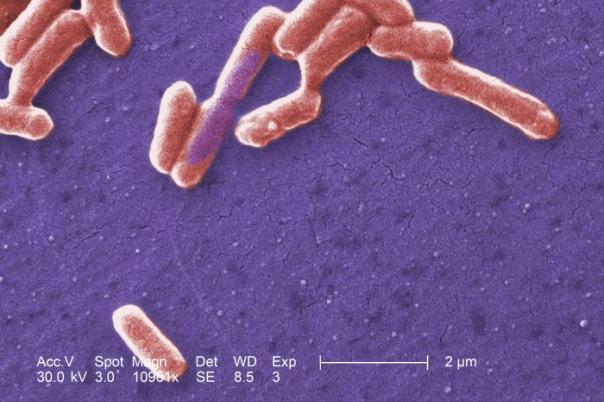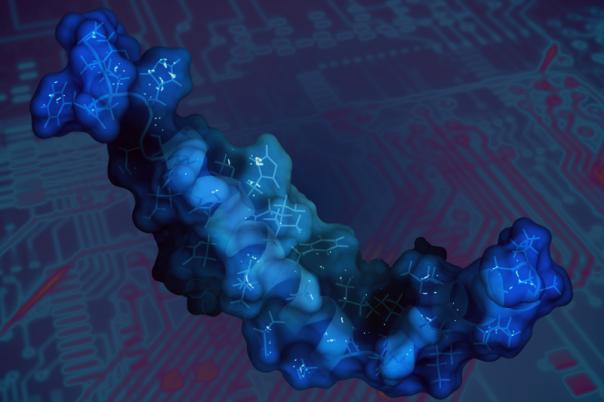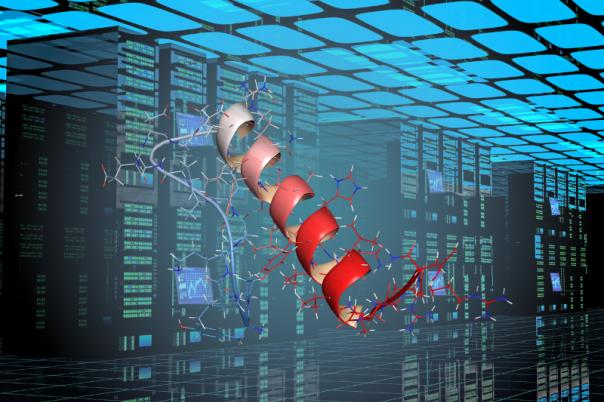Fernando Albericio, a Research Professor at the University of Barcelona, is an influential figure in green strategy in solid-phase peptide synthesis (SPPS). He gave an in-depth overview of the challenges and potential game-changers in the green chemistry space, specifically concerning peptide synthesis. Currently, SPPS requires many washing steps and uses a lot of solvents. SPPS was described as a simple reaction in the same reactor with no isolation of intermediates and a poor atom economy.
Albericio suggested that even though solvents are the main barriers to SPPS success, one must treat the problem holistically. The types of resins used in peptide synthesis include polystyrene, PG-PS, and PEG resins. He emphasised the criticality of minimising solvent use while maintaining high performance. Albericio highlighted the key characteristics, strengths, and weaknesses of these resins.
In collaboration with SUNRESIN, Albericio is working to create stable acids. TFA is a well-known acid, but looking into non-PFAS acids is also worthwhile. Albericio stressed the need to balance good performance with minimal swelling and high loadings. Peptide acids such as liraglutide and semaglutide are used with Wang resin and CTC resin. The Wang resin is more stable than CTC resin which works well for short peptides of 10 – 15 amino acids but is not stable enough for longer peptides. Whereas the Wang resin presents issues linked to DKP (diketopiperazine) formation, primarily with proline and methyl amino acids.
Albericio and his colleagues noticed major interest in DKP formation from the wider life sciences community which led them to develop a method to measure DKP formation. This was recently submitted for publication. The method involved making the dipeptide and removing the Fmoc under different conditions. Alebrcio outlined the method: “We couple the Fmoc-Val of the amino acids normally, and if DKP is formed, we have the peptide. This method allows us to measure DKP formation accurately.” He collaborated with Bachem to remove Fmoc with 50-60% morpholine.
Furthermore, he mentioned that there are some new innovations in the development of new resins. For example, bromo methylbenzylamine resin offers advantages over traditional resins like Wang and CTC: it can cleave 90% TFA (trifluoroacetic acid) for unprotected peptides and reduce DKP formation.
It is widely known that scientists are searching for alternatives to DMF and developing new linkers to avoid using acid in the last step of synthesis. For instance, Albercio discussed the potential of methanesulfonic acid (MSA) as a green alternative to trifluoroacetic acid (TFA) for peptide cleavage, noting its advantages and limitations.





